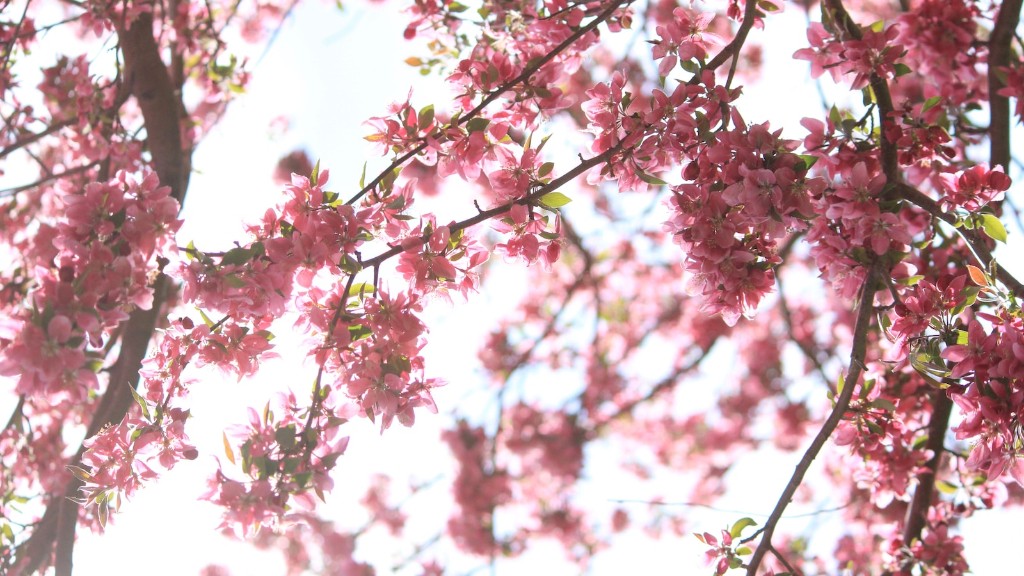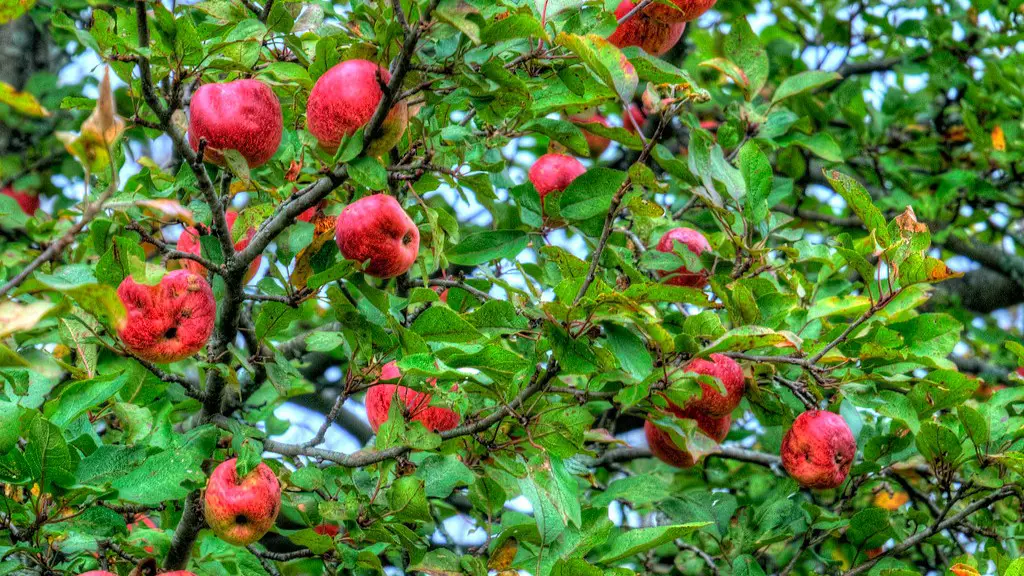Cherry trees with their cherry blossoms and succulent fruits make for a beautiful addition to any garden. Unfortunately, cherries grow on trees that must be pruned to stay healthy. Knowing how to properly net a large cherry tree is an essential skill for anyone who wants a thriving and productive tree. Proper netting is the first step in keeping your cherries safe and abundant.
Netting a large cherry tree requires some supplies. A wide, light-weight net specifically made for large trees is best. Make sure the net has a wide enough circumference so it completely covers the tree’s canopy. This will help protect the cherries from hungry birds and other wildlife that may want to steal a snack. Nylon ties cut from the net can be used to fasten the netting around the trunk of the tree.
Before netting the tree, it’s important to properly prune it. Start by removing dead and damaged branches to improve its overall health. Then, make sure that the canopy is even and symmetrical. Pruning helps create open space to allow more light and air to circulate, which will improve the tree’s overall growth. Pruning also encourages better cherry production, as the plants will concentrate their resources on producing fruit rather than growing excess foliage.
It’s also important to wait until the cherry tree flowers before you net it. This ensures that all of the cherries will be safe and protected until they ripen and can be harvested. After the tree has finished flowering, carefully drape the netting over the tree, being sure to cover the entire canopy, and then secure it with the nylon ties.
Once the tree is properly netted, there are a few other tips to keep it in top shape. Watering the tree regularly is important, as cherries are sensitive to drought and need regular watering when the soil is dry. Fertilizing the soil can also help enhance fruit production, as long as it’s done properly. To achieve optimal fruit yields, make sure the cherry tree’s soil contains the proper nutrients that are needed for healthy plant growth. Finally, it’s important to harvest the cherries at the right time in order to get the tastiest fruit.
Be mindful of potential hazards
Before attempting to net a large cherry tree, it’s important to be aware of potential hazards that may occur. Large cherry trees have a wide canopy, which can make them unstable and even cause them to succumb to heavy winds or storms. Make sure to inspect the tree for signs of disease or pests, and be sure to remove sickly branches or infested leaves. Have a professional inspect the tree if you’re unsure of its stability.
Gardening with wildlife in mind
When you grow cherries, you want to protect them from hungry wildlife. While netting can be effective, it’s important to also consider other wildlife-friendly measures. Planting trees and shrubs that produce fruits and nuts that attract wildlife will also keep them away from the cherry tree. Incorporating bird feeders and birdbaths into the garden is another way to provide a food source for birds and other animals, thus reducing their desire to snack on the cherry tree. Setting up humane traps is a great way to capture animals safely and humanely and relocate them to a better habitat. These methods can help keep your cherry tree safe from wildlife and maintain a healthy balance in the ecosystem.
Keep pests at bay
Netting is a great way to protect cherries from wildlife, but it’s also important to keep pests away. Aphids and other pests can be destructive and make a tasty snack of the cherry fruits. To keep pests away, make sure to regularly check the tree for signs of pests and keep the tree as healthy as possible. Regularly spraying the tree with a natural insecticide is a great way to keep pests away. Pruning the tree and removing dead and dying branches can also help, as this helps reduce their hiding spots.
Conclusion
Netting a large cherry tree is an important step in protecting the fruit from wildlife. Before attempting to net the tree, it’s important to prune it properly and inspect it for signs of disease or pests. Be sure to also take other wildlife-friendly measures to help keep them away from the cherry tree, as well as keep pests in check with regular sprays of natural insecticides. With the proper care and maintenance, a large cherry tree can be a thriving, productive part of any garden.


